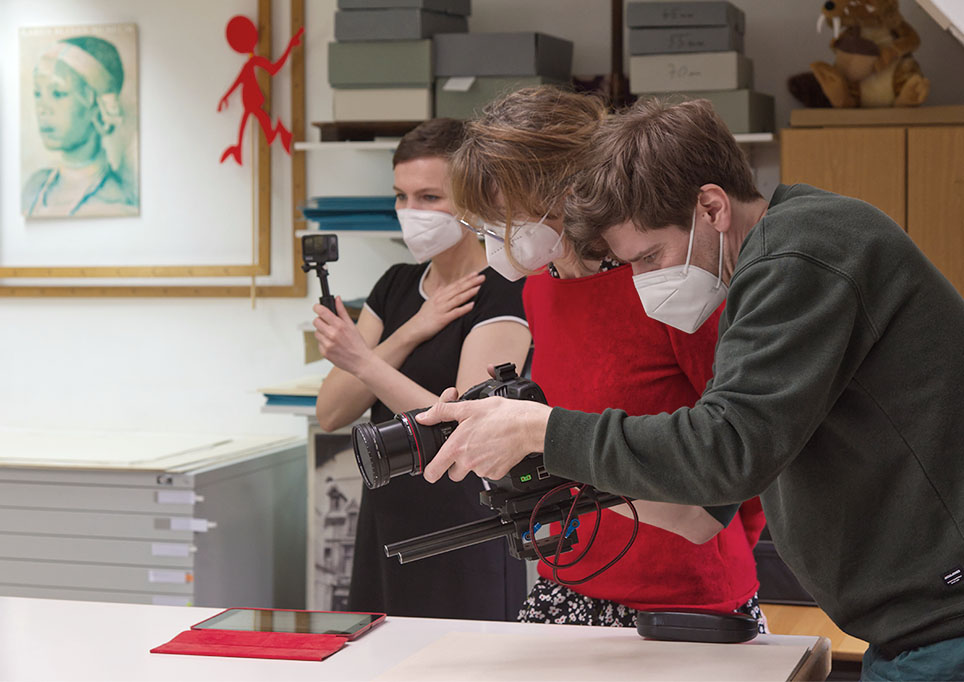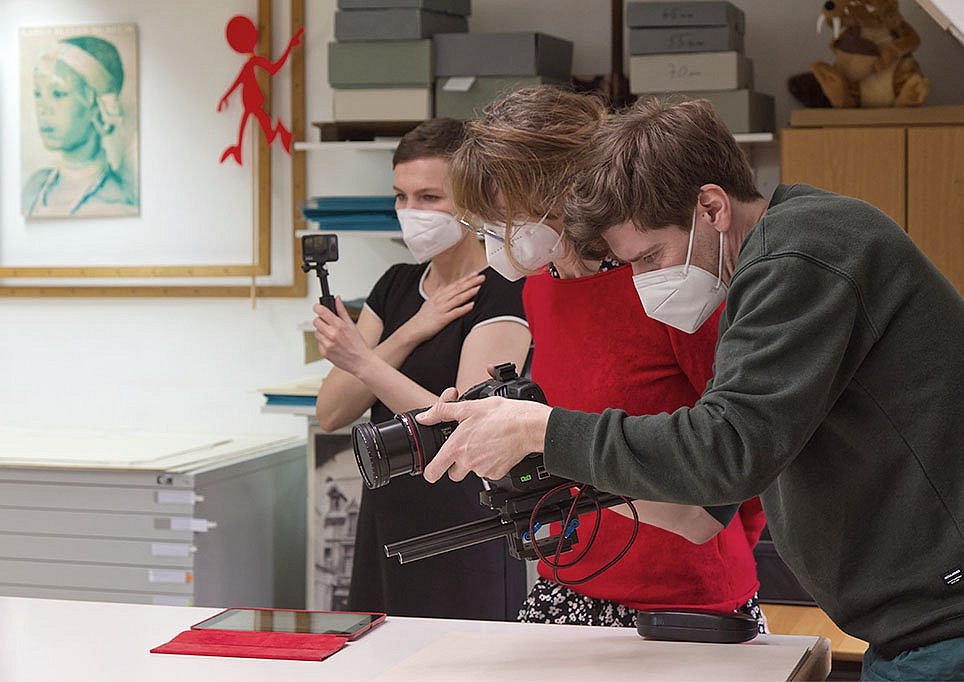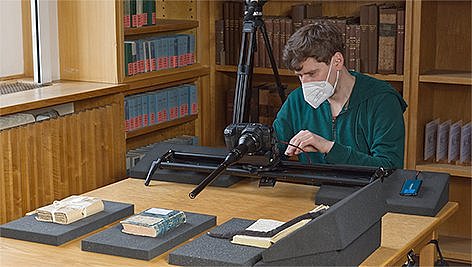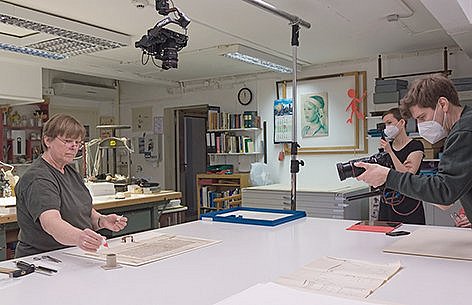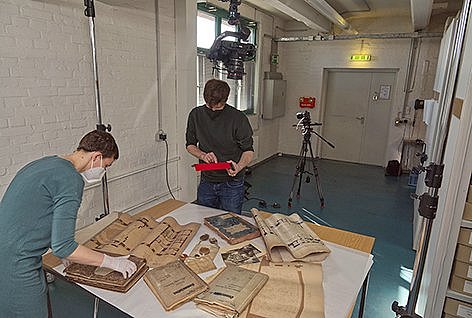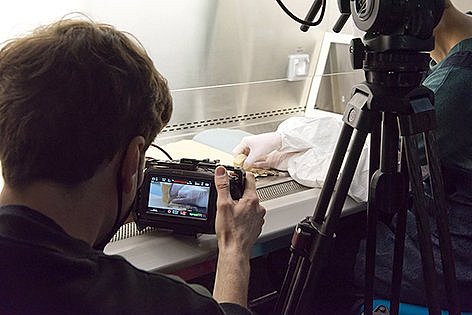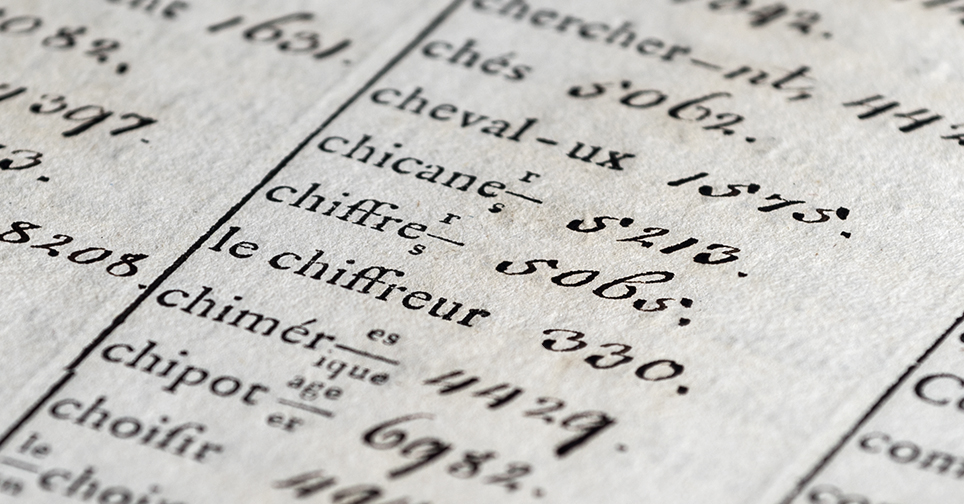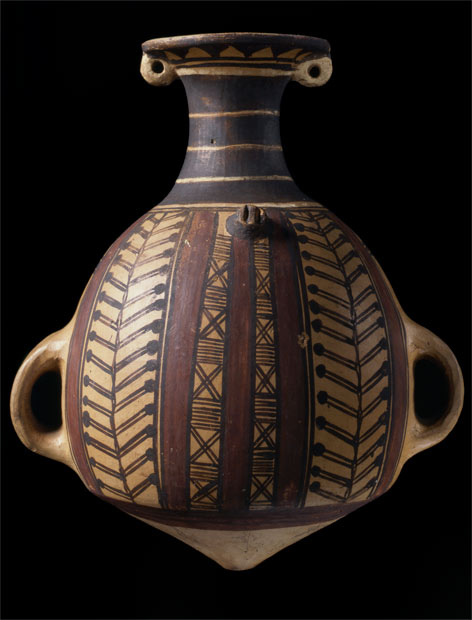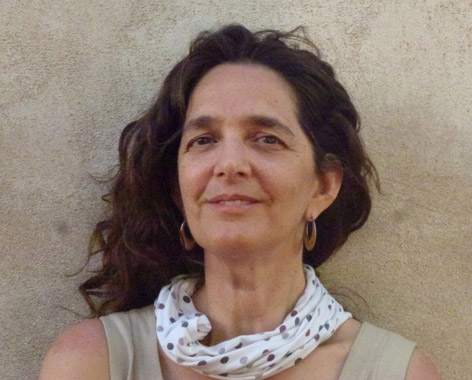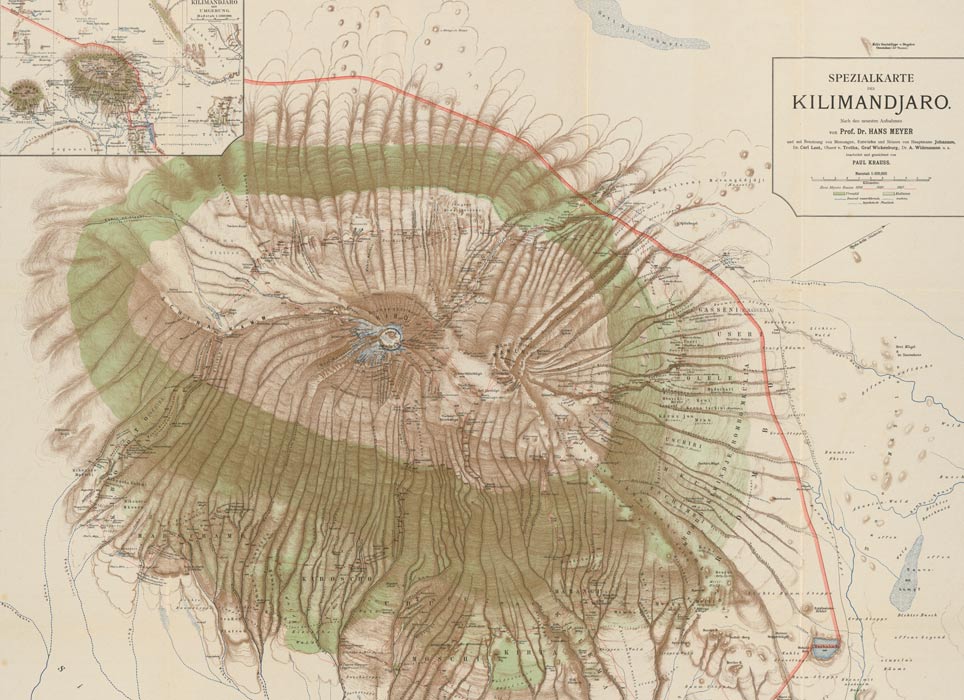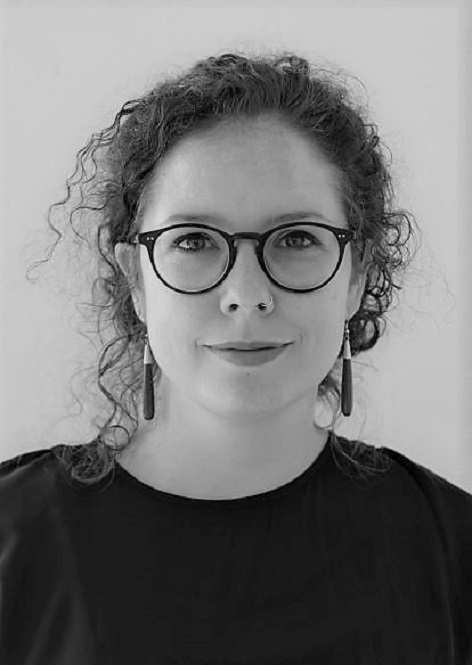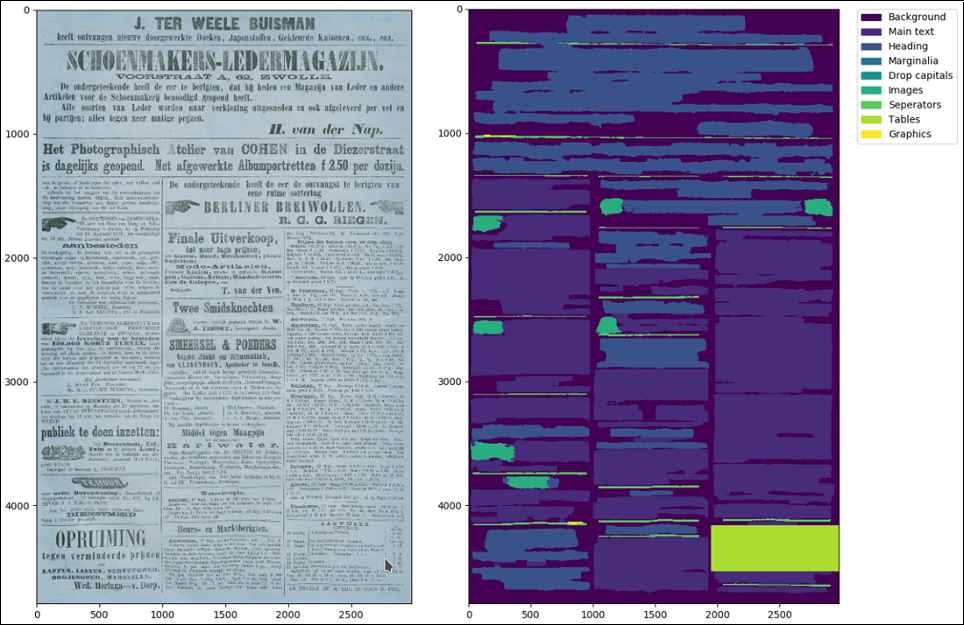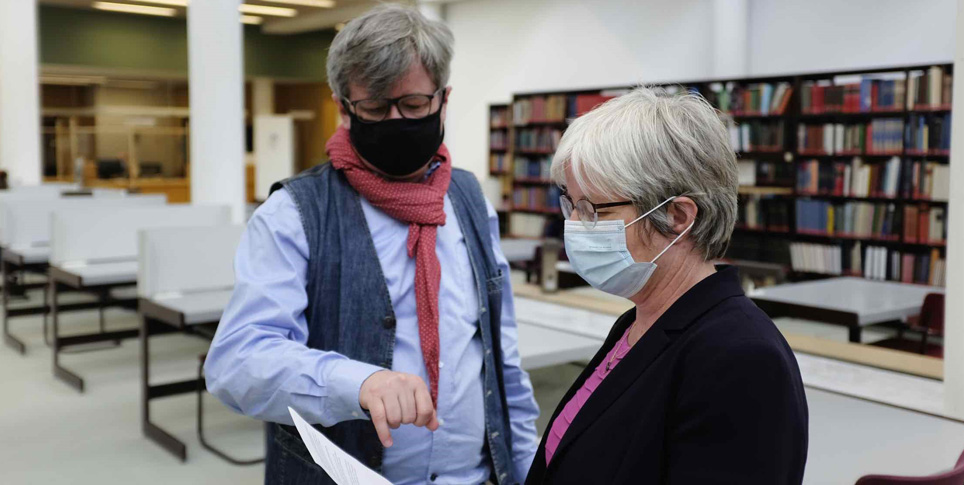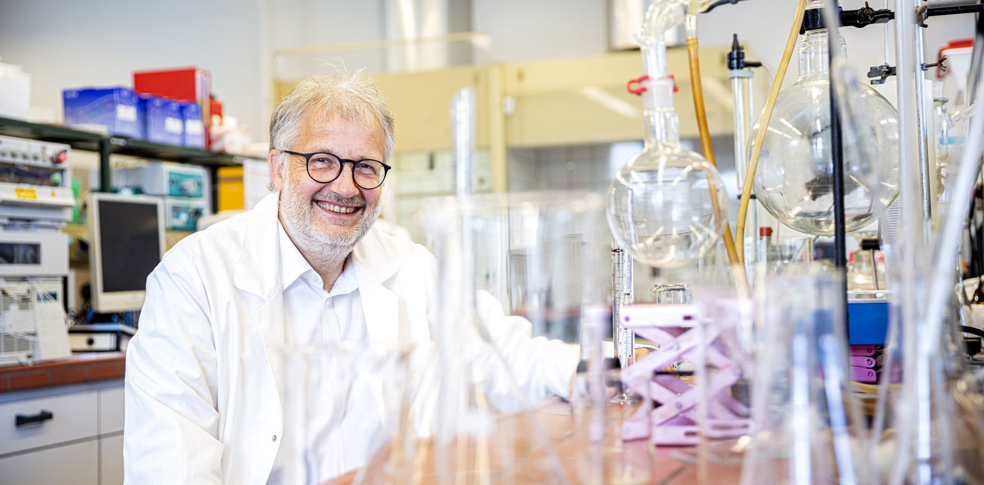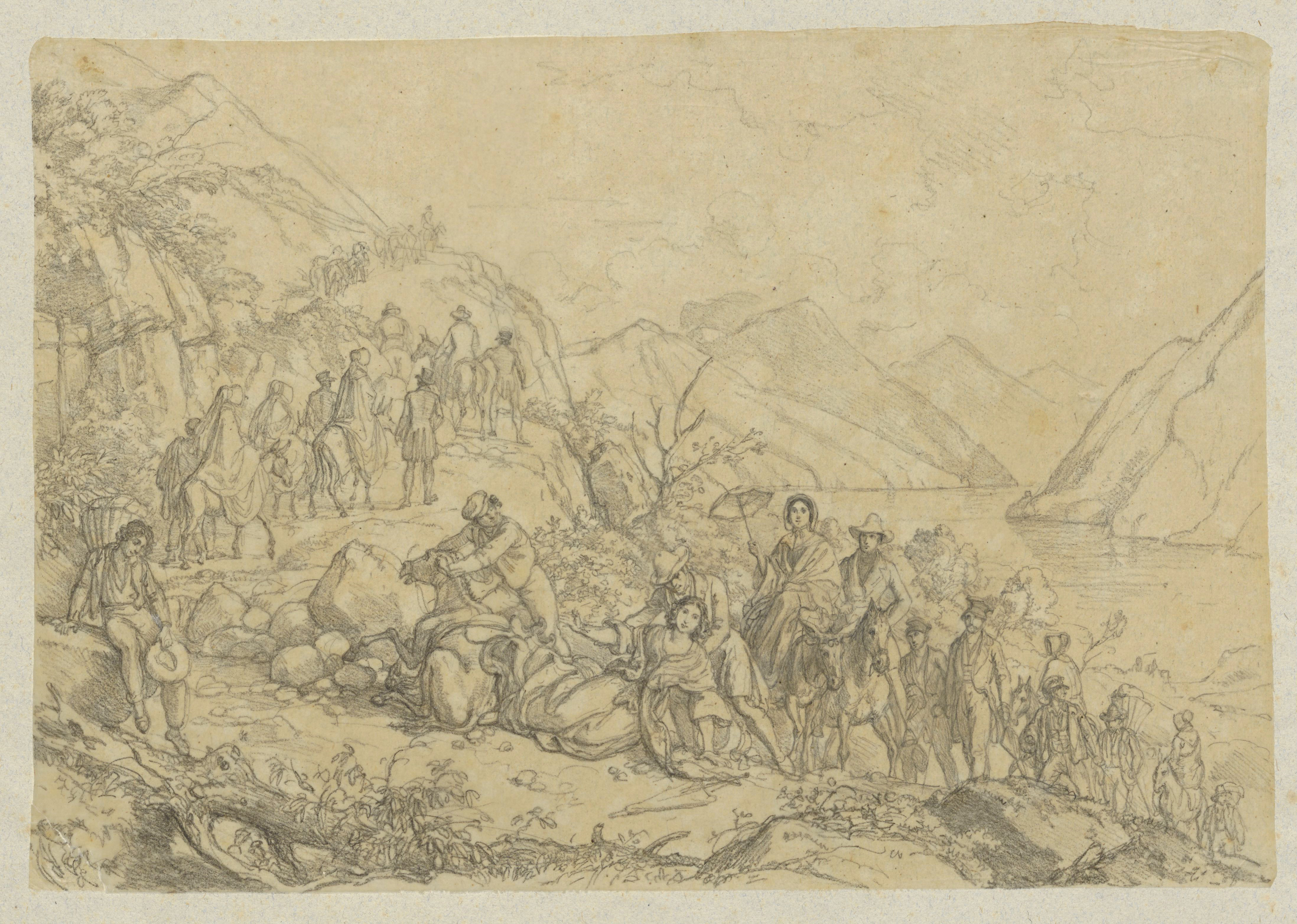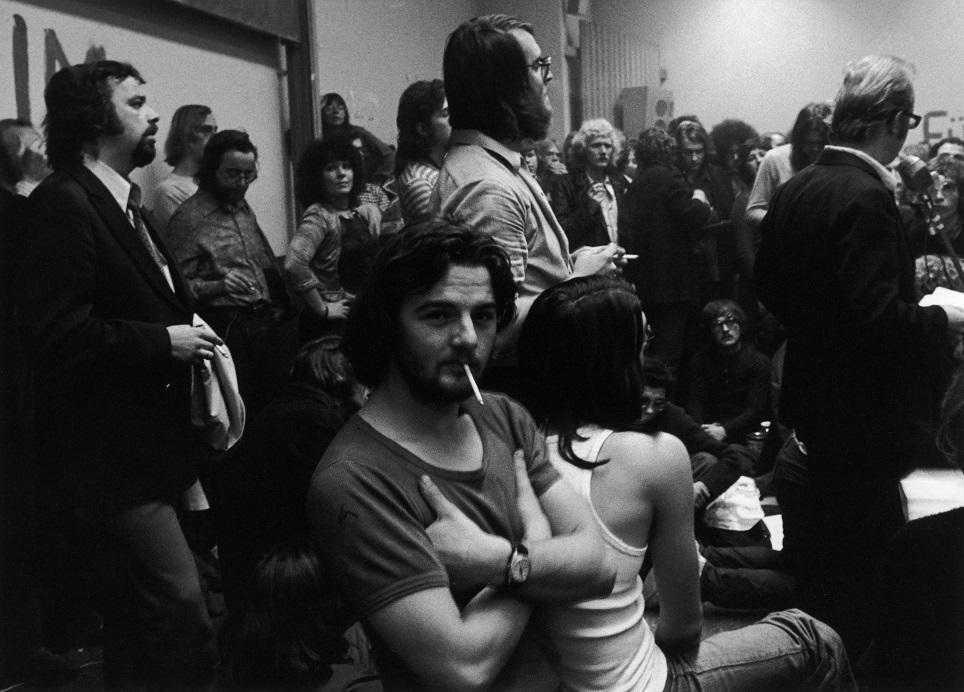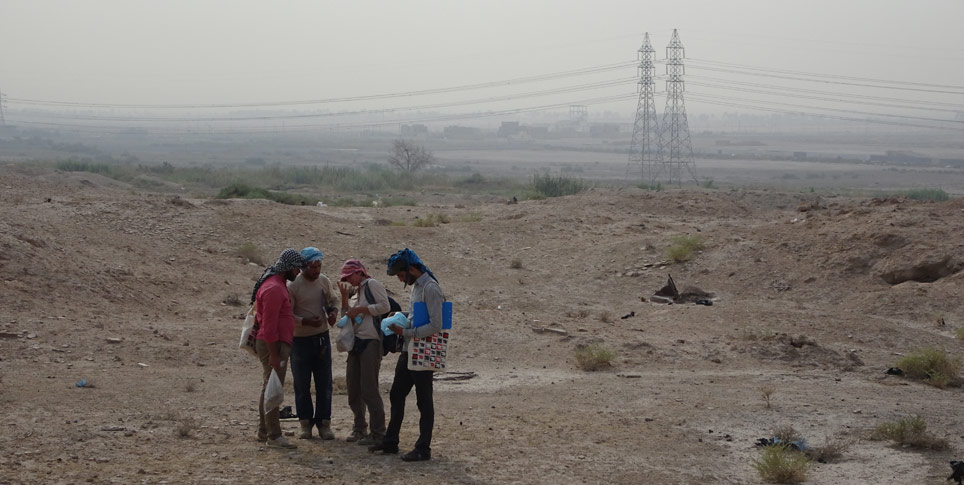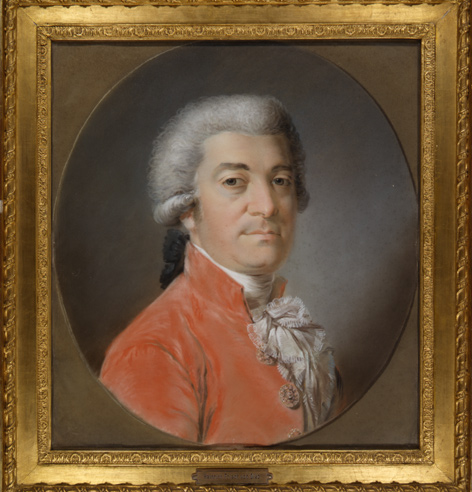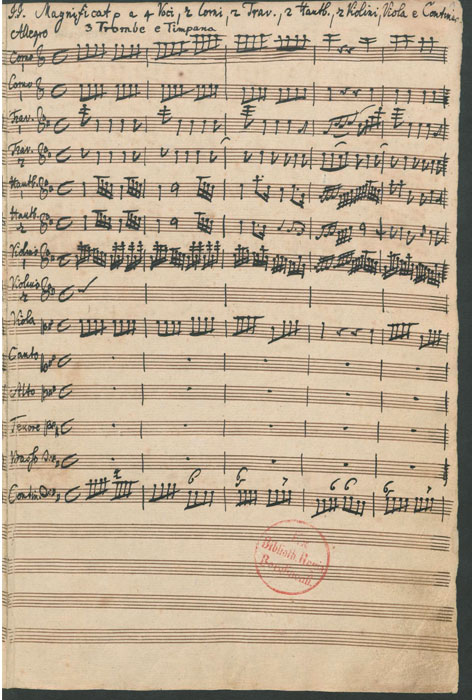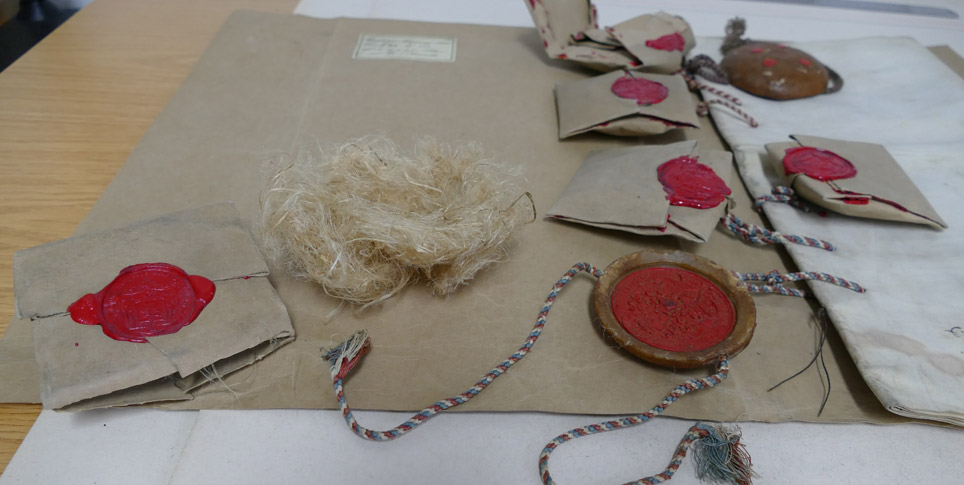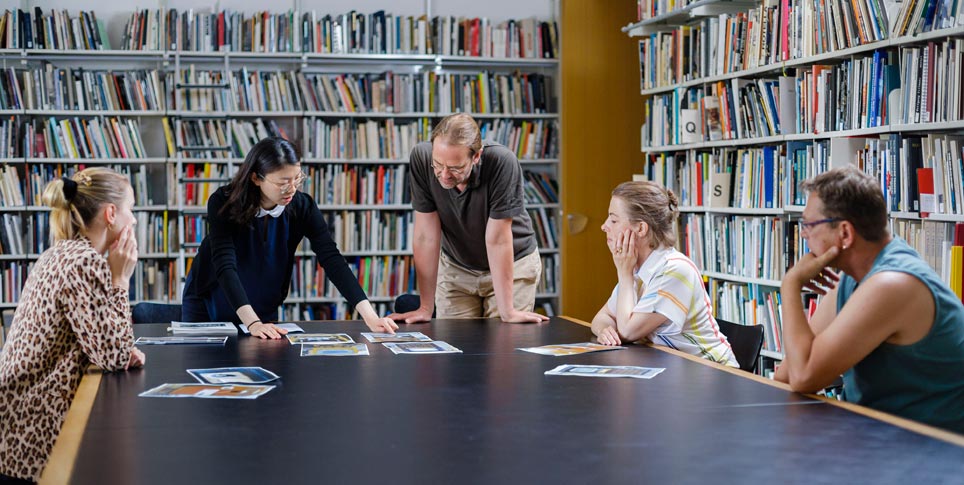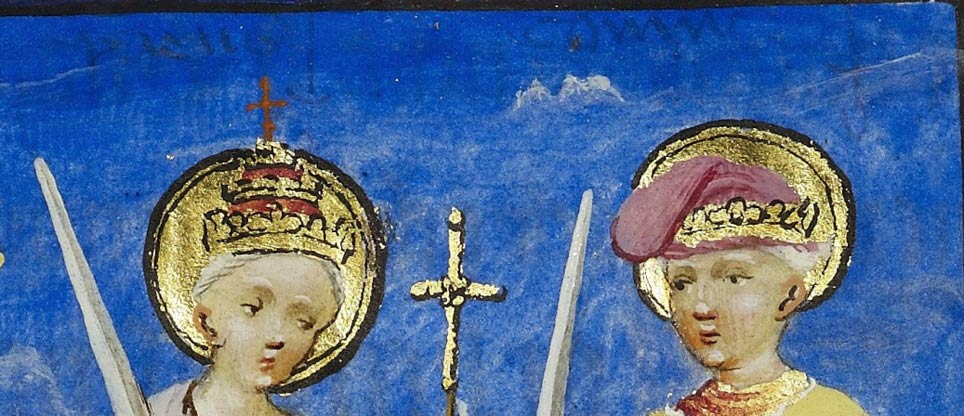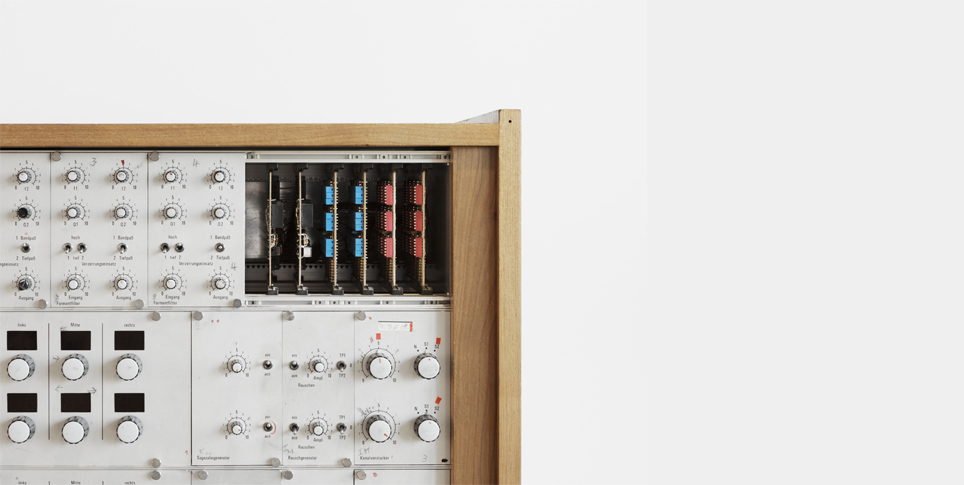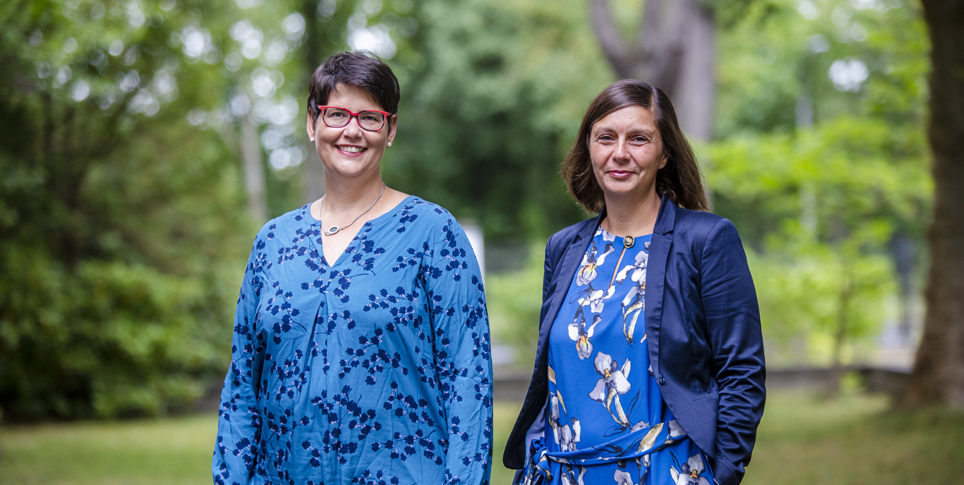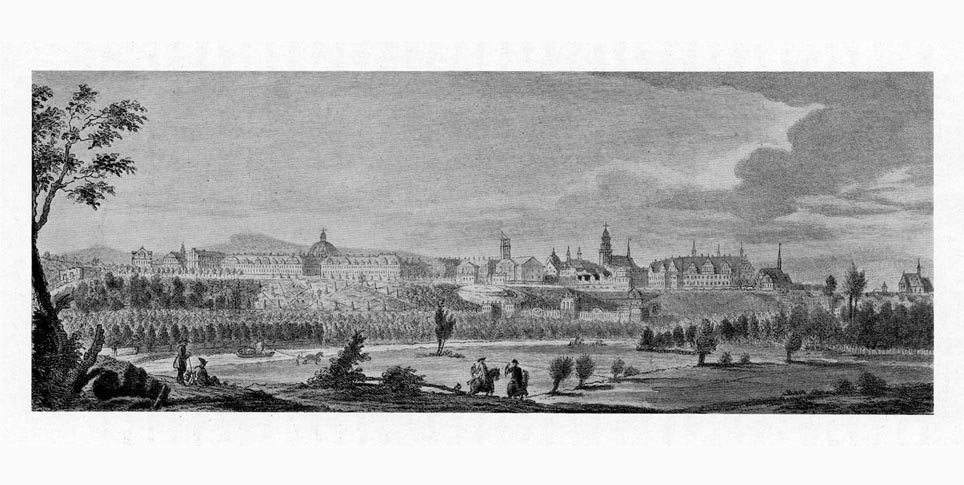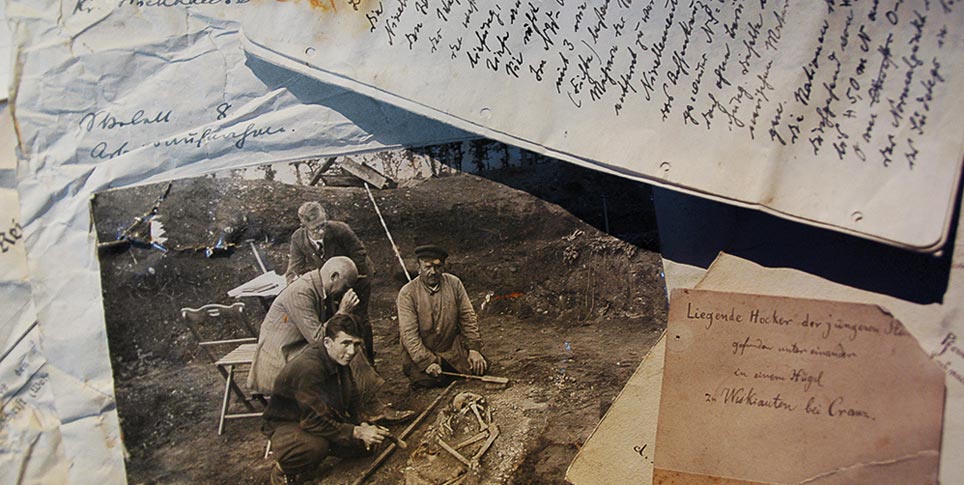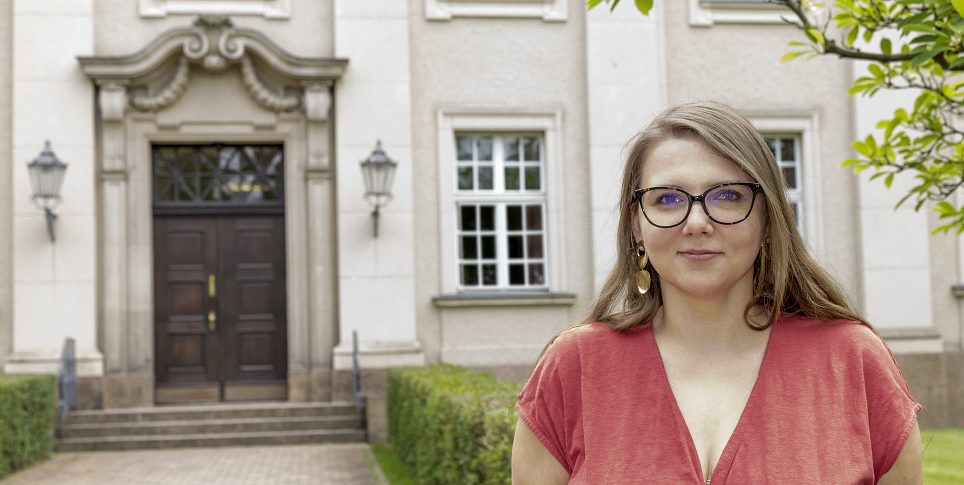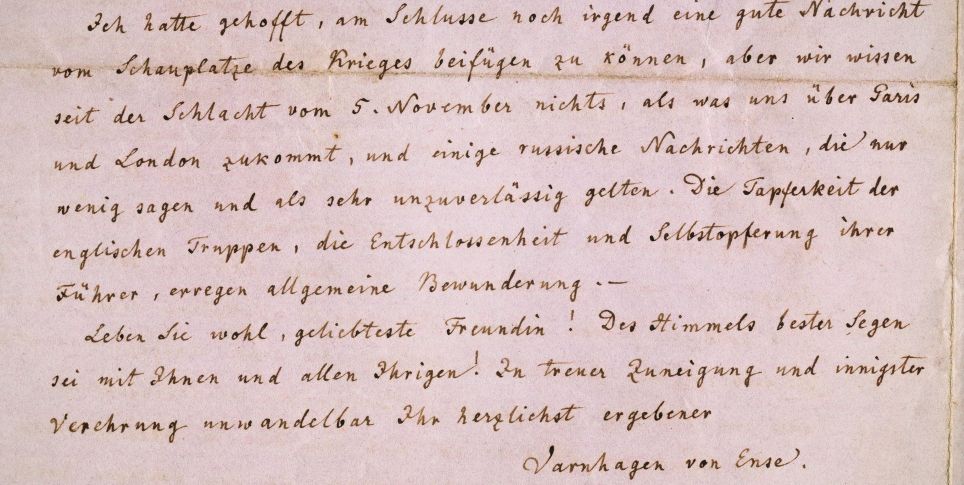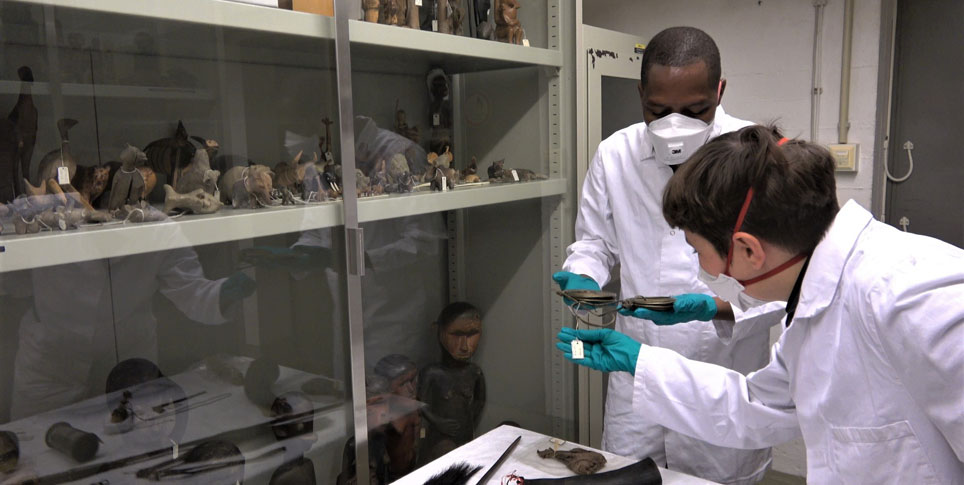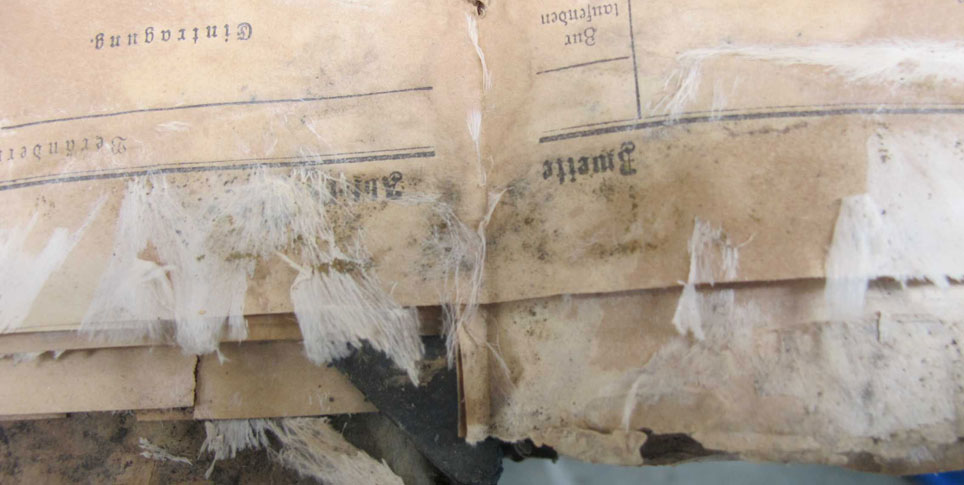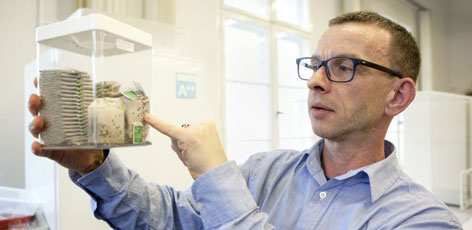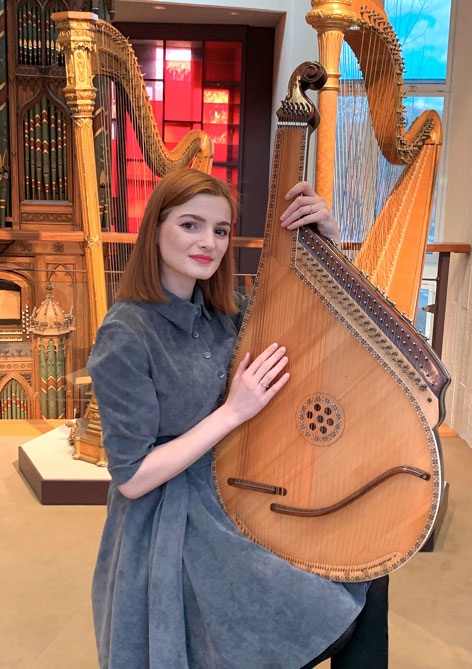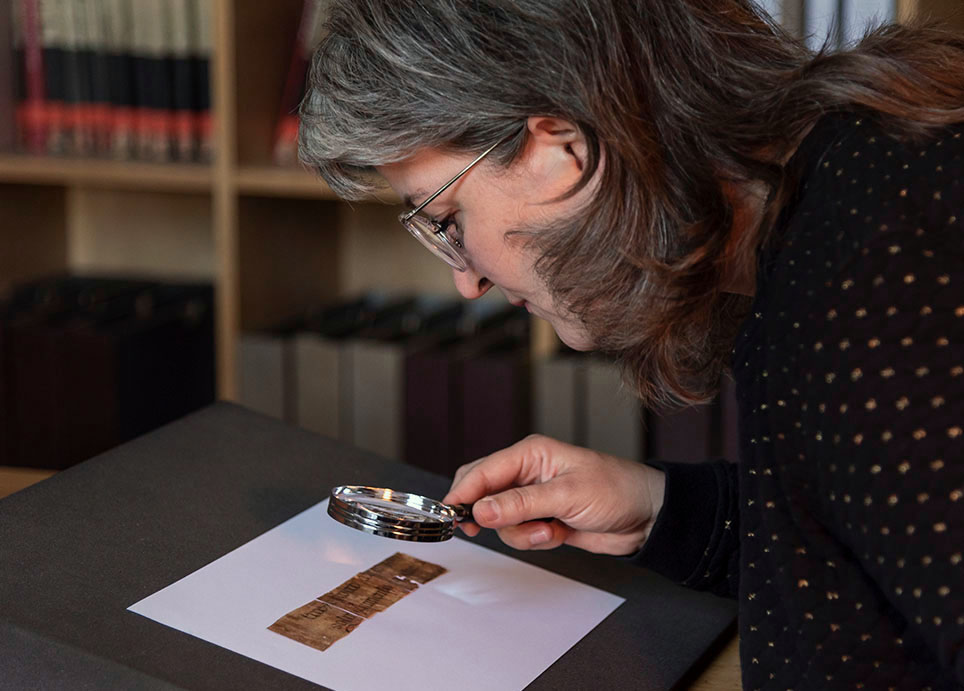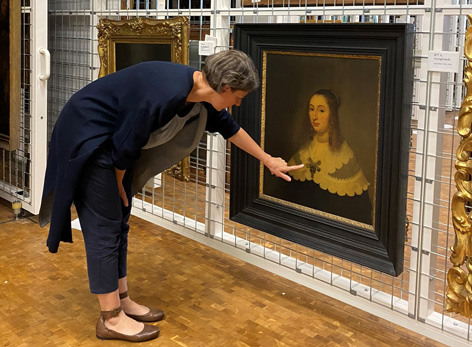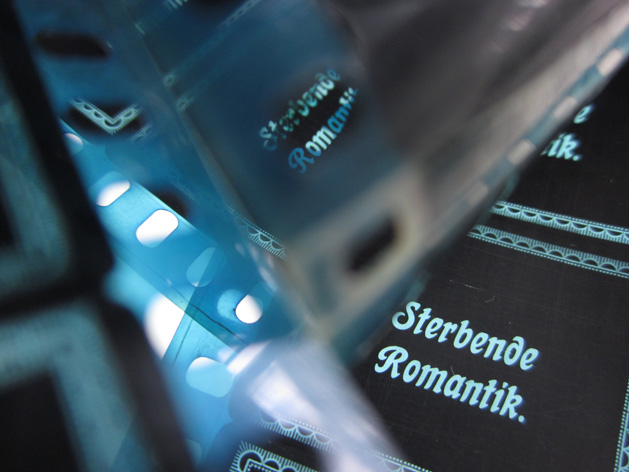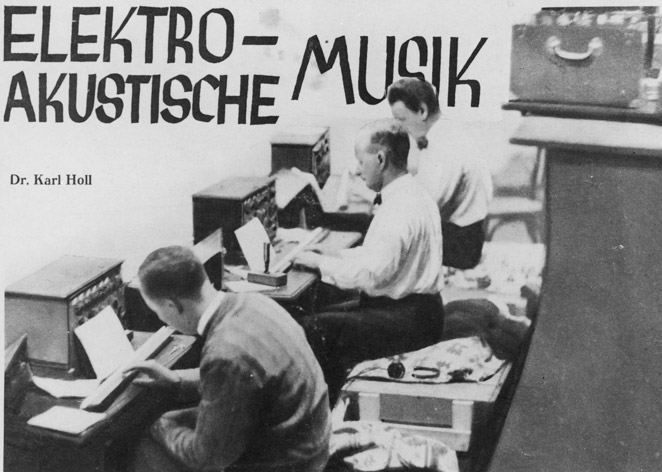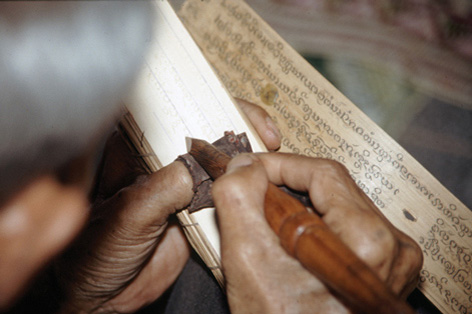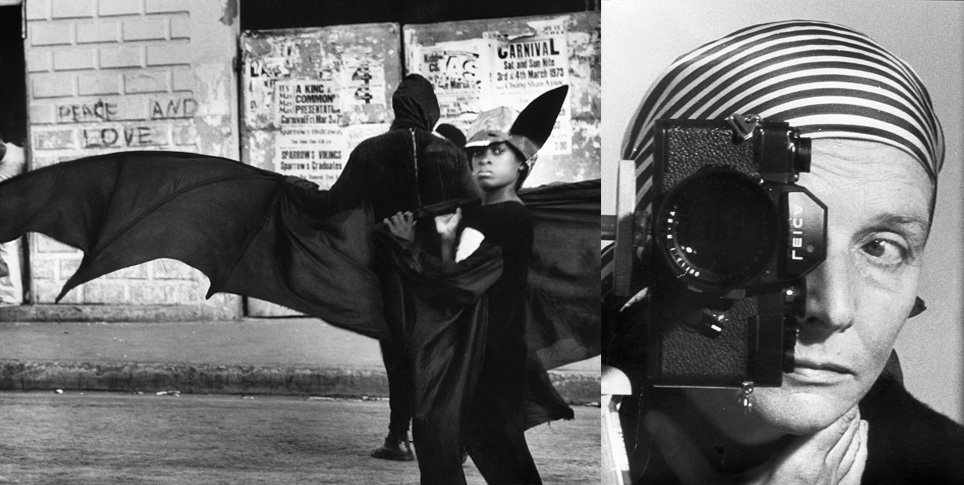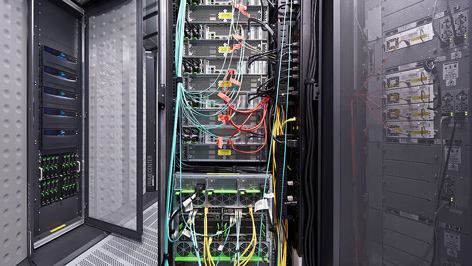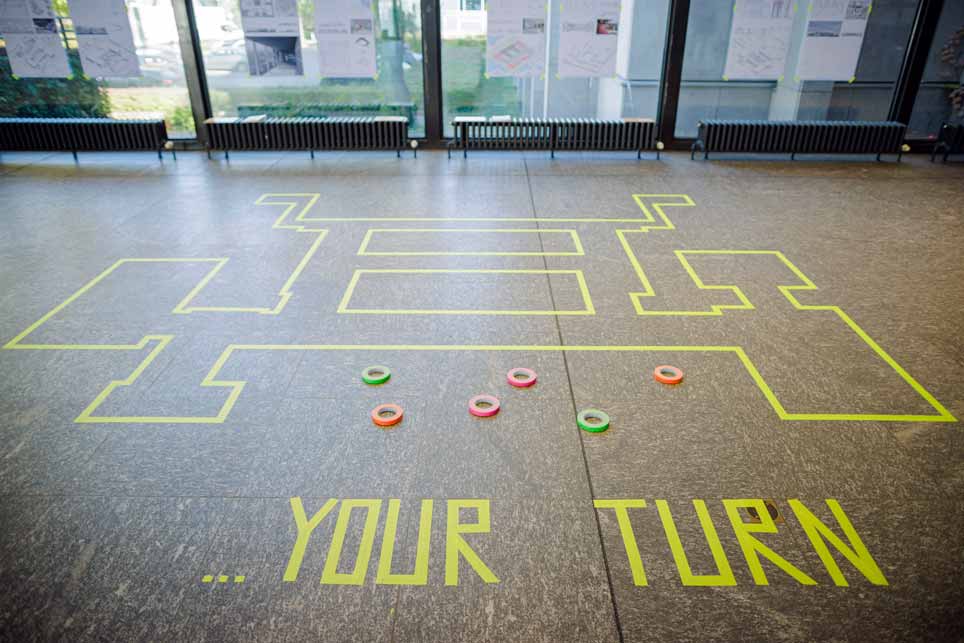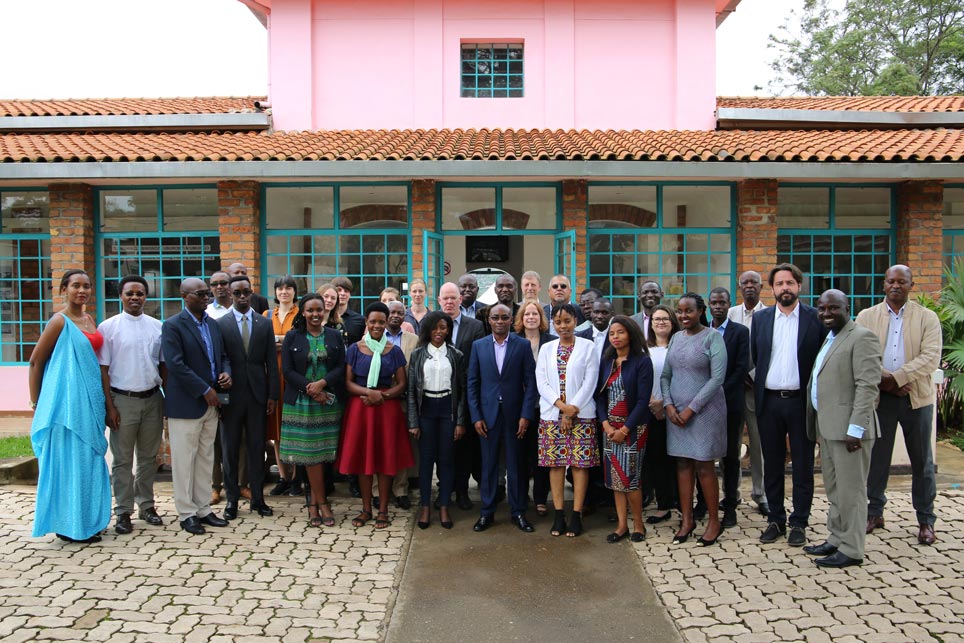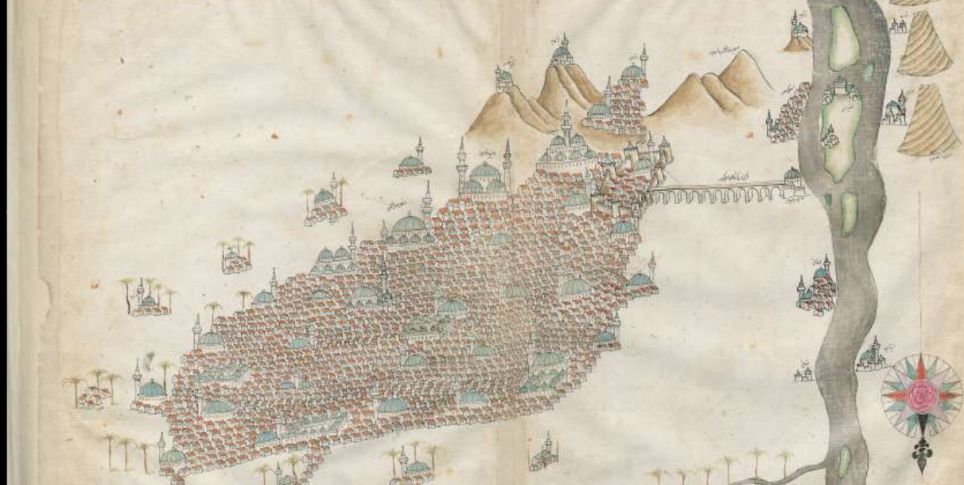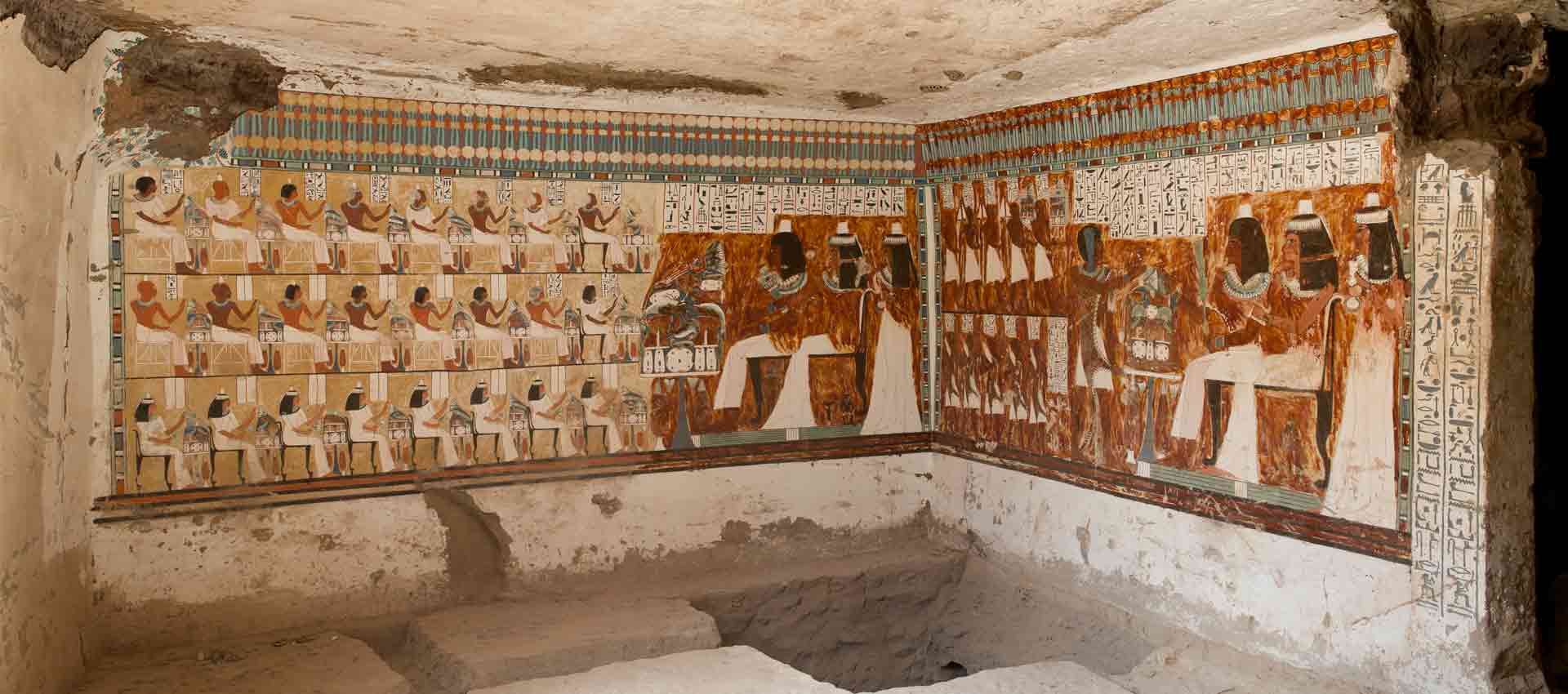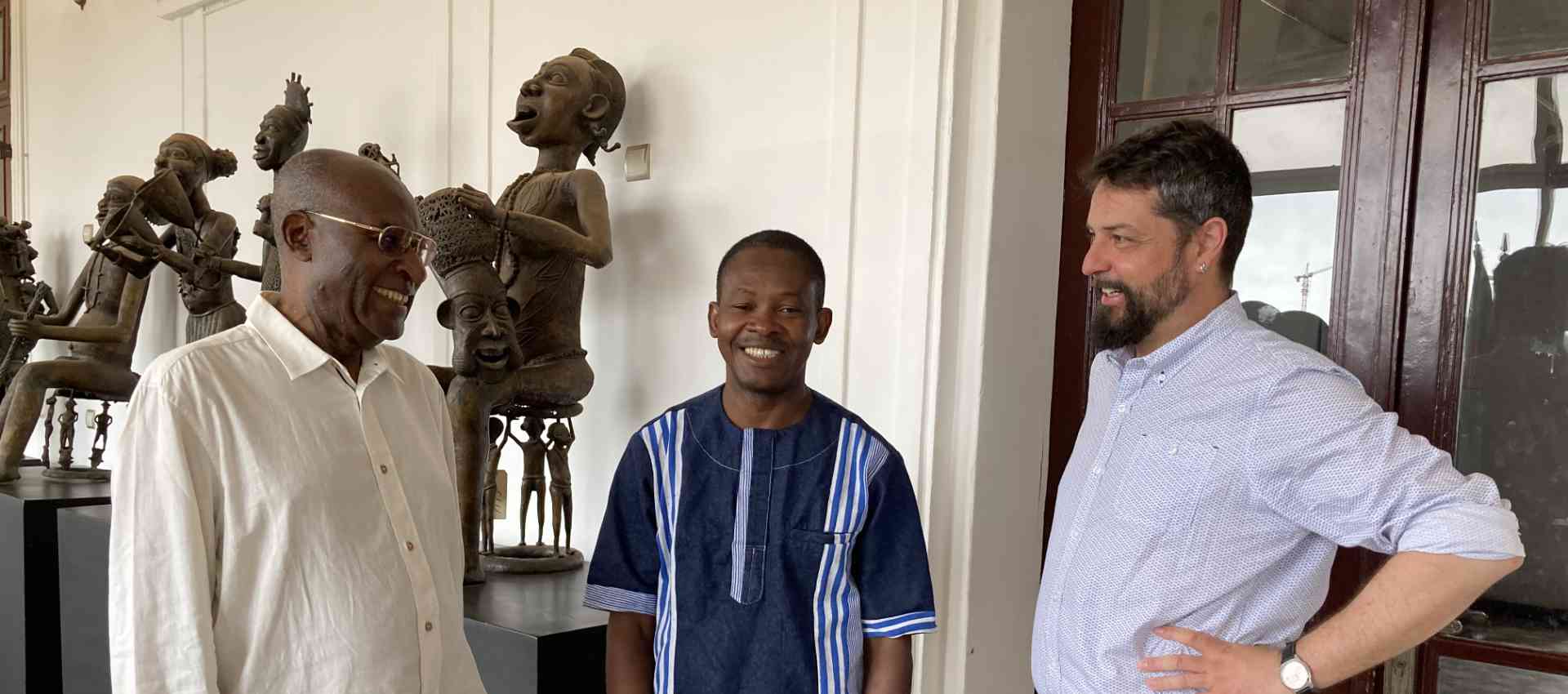If isn't possible to take courses and meet people in person, maybe a film camera can help. In cooperation with Potsdam University of Applied Sciences, short educational films about various aspects of preservation work are being made in the Geheimes Staatsarchiv.
Normally, the students at the Department of Information Sciences at Potsdam University of Applied Sciences come to the Geheimes Staatsarchiv Preussischer Kulturbesitz (Prussian Secret State Archives) to deepen their newly acquired theoretical knowledge of object preservation by seeing its practical application in numerous different cases. Together with Sabine Stropp, their lecturer at the university, and Ingrid Kohl, the head of the preservation unit of the Geheimes Staatsarchiv, they visit the archival storage facilities in Dahlem and Westhafen as well as spending time in the conservation and restoration workshops. In conversation with the experts working there, they learn about the main objectives of the storage and preservation of the valuable items in the archives and see how various methods and techniques are used in doing so.
But not this year! Of course not, because the pandemic has made such excursions impossible for students. Despite this, they should not have to lose out on valuable practical knowledge and experience of case studies, so short educational films about various aspects of preservation are being made for them. The Geheimes Staatsarchiv and the Archive course at Potsdam University of Applied Sciences have signed an agreement to cooperate in the joint production of a series of films covering aspects of active and passive conservation. The focus lies on the protection of cultural assets and the remedial measures that are involved. The project is planned as a digital teaching resource in the field of preventive and active conservation, especially of archival and library material. The film series is also intended to present Potsdam University of Applied Sciences as an interesting place to study and to highlight the importance of the Geheimes Staatsarchiv as the guardian of written cultural heritage within the Stiftung Preussischer Kulturbesitz. It focuses on examples selected to convey a representative picture of the wide range of measures necessary for the long-term preservation of cultural property.
A run of six films is planned to begin with. The first of them gives an introduction to the items in the keeping of the Geheimes Staatsarchiv. The following five films explain what preventive measures are and what they achieve, the role of the built environment in the proper storage of archival material, and the importance of how archival material is packed. Film-maker Ole Thomas shows us the archive's unique documents in their contexts and lets us listen to the people who are responsible for their long-term preservation. His unobtrusive camera work allows the viewer virtually to look over the shoulders of the restorers, so that the students miss nothing.
A wide variety of scenes and situations are already in the can after three days of shooting on location in the Geheimes Staatsarchiv and Potsdam University of Applied Sciences. Thomas is working with a wide range of cameras and recording equipment. Among other things, he is using a wide-angle macro lens called a snorkel lens, which enables him to take excellent close-up shots of archival material. This is important as it conveys an impression of the surface texture and other material qualities of the documents stored in the archive. Another technique used is one known as a top shot – an extreme kind of bird's eye view. The camera is fixed to a frame (the top shot rig) above the scene so it can give a clear, unimpeded view of all that is happening below.
For example, of restoration work being done by restorer Heike Sommerfeld. Used alongside a second, hand-held camera, it allows the viewer to experience work being done in the restoration workshop of the Geheimes Staatsarchiv as if at first hand.
Ole Thomas has also used such sequences to show Dagmar Jankewitz demonstrating how to mount parchment documents.
Contact persons
- Specialist contact at the Geheimes Staatsarchiv Preußischer Kulturbesitz: Dipl. Rest. Ingrid Kohl, M.A., Head of the Conservation Unit
- Institutional and specialist contact at the Fachhochschule Potsdam: Sabine Stropp, M.A., Lecturer for the archive course
On location in Westhafen, another approach was used: a rotating camera that would allow the viewer to comprehend the many different types of archival material. In order to reproduce the first-person viewpoint (Steadicam shot) when walking along the gangways between the storage units, the camera was mounted in a camera stabilizer with a gimbal (cardan suspension). This device compensates for the vibrations that inevitably occur when moving.
When filming the dry cleaning (surface cleaning) process demonstrated by Jacqueline Baatz, Thomas filmed with a hand-held camera at the same time as a second camera mounted on a tripod. This provided alternative angles from which to choose at the editing stage and assemble into a balanced sequence of static and dynamic views.
Over the next few weeks, all these images and more, along with information graphics and narration, will be condensed into six short films. They will also be made accessible on the web sites of the Geheimes Staatsarchiv and Potsdam University of Applied Sciences.
